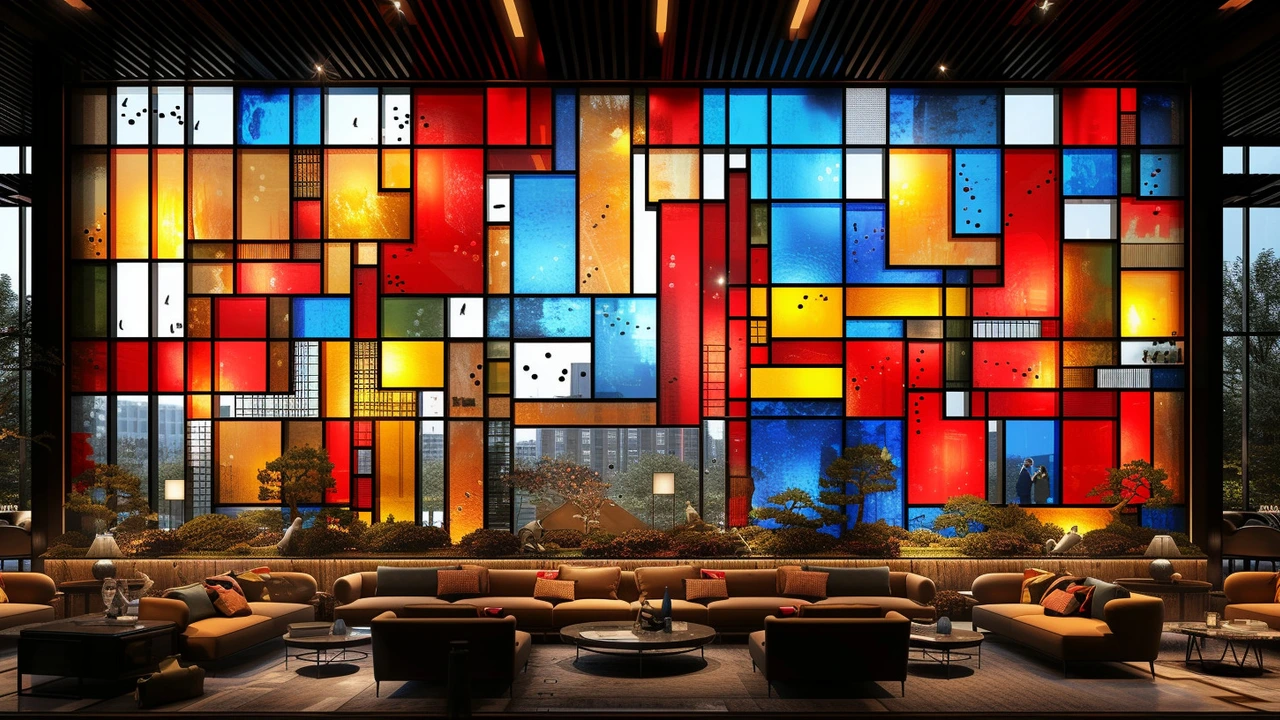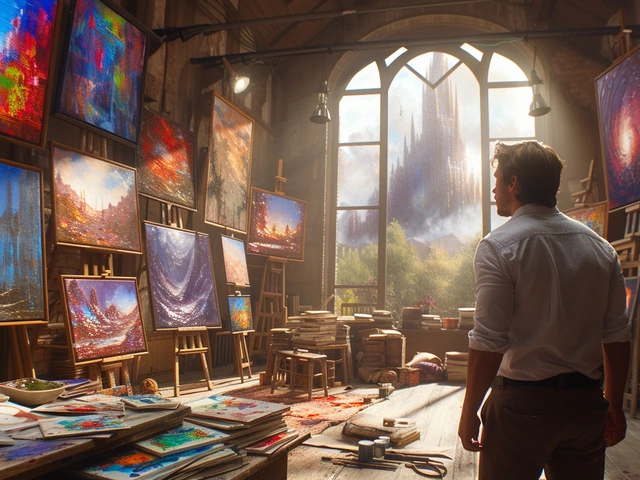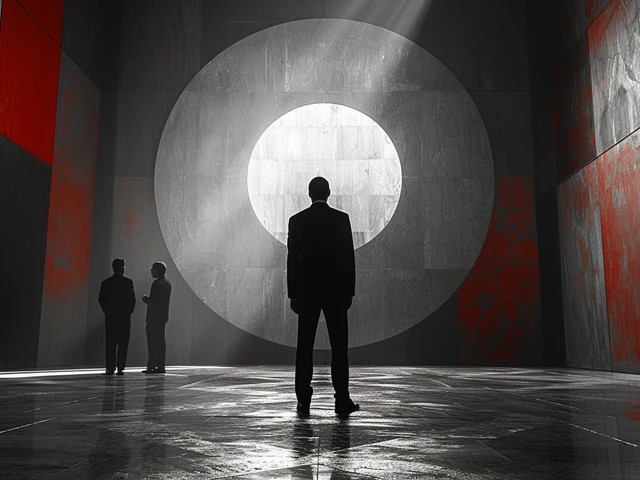The Dawn of De Stijl: Origins and Ideals
At the heart of the early 20th century, a movement emerged in the Netherlands that would etch its name into the bedrock of modern art and design history. Known as De Stijl, meaning 'The Style', it wasn't just an art movement but a philosophical proposition. It sought to transform the visual language of the time, advocating for abstraction and simplicity, laying down principles that would influence generations of creatives. Founded in 1917 by Piet Mondrian and Theo van Doesburg, De Stijl was a response to the chaos of World War I, promoting a visual harmony through the balance of contrasts. Artists and architects under its banner embraced an austere geometric vocabulary - using primary colors, alongside black, white, and grays - to depict the universal order they sought in the aftermath of the war.
Principles and Aesthetic of De Stijl Movement
The crux of De Stijl's aesthetic hinged on reducing forms and colors to their basic elements. From Mondrian's iconic compositions of red, blue, and yellow squares to Gerrit Rietveld's groundbreaking furniture design, each piece echoed the movement's core principles: balance, harmony, and a strict adherence to a geometric grid. The movement's practitioners believed in the spiritual and aesthetic benefits of reducing art to simple geometric elements. This wasn't just a stylistic choice but a profound belief in the ability of pure abstraction to communicate the underlying reality of the cosmos. Over time, these principles transcended visual art, inspiring architects and designers to apply De Stijl's concepts to buildings, interiors, and everyday objects, blurring the lines between art and functional design.
Influential Figures and Key Works
Besides Mondrian and van Doesburg, De Stijl embraced a constellation of artists, architects, and designers. Among them, Gerrit Rietveld and J.J.P. Oud stood out for their application of De Stijl principles to architecture and furniture design. Rietveld's Red and Blue Chair, with its stark lines and primary colors, became an icon of modern design. Meanwhile, his Schröder House in Utrecht epitomized De Stijl architecture, with its open, flexible layout and visual unity between interior and exterior spaces. Through these key works, the movement's influencers not only changed how art was perceived but also how spaces were lived in, demonstrating De Stijl's revolutionary potential to merge form with function.
De Stijl's Impact on Modern Architecture and Interior Design
The influence of De Stijl on modern architecture and interior design is both profound and pervasive. Architects like Mies van der Rohe and Le Corbusier, while not directly associated with the movement, drew inspiration from its emphasis on simplicity and functional form. This led to the development of the International Style, characterized by an absence of ornamentation, a focus on horizontal and vertical lines, and a clear expression of structure. In interior design, De Stijl's principles encouraged a minimalist approach, favoring open spaces and functional furniture that could serve multiple purposes. The legacy of De Stijl in modern design is a testament to its revolutionary vision, turning everyday living spaces into works of art.
De Stijl in Contemporary Culture and Beyond
The echoes of De Stijl can still be felt in contemporary visual culture, from the clean lines of Apple's product design to the minimalist aesthetics of modern branding and web design. Its principles of balance, harmony, and the use of primary colors have been adapted and reinterpreted by artists and designers, proving the timelessness of its vision. Moreover, its integration into popular culture, through fashion, graphic design, and even film, showcases the movement’s versatile legacy. As we observe the centennial mark of De Stijl, its enduring influence is a testament to the power of simplicity and abstraction in creating a universal visual language.
Embracing Harmony: Tips for Incorporating De Stijl Principles into Everyday Life
To bring a touch of De Stijl's aesthetic harmony into your space, start with the basics: adopt a minimalist approach by decluttering and focusing on essential functional elements. Use primary colors judiciously against a backdrop of whites, blacks, and grays to create striking contrasts. In your layout, aim for balance and a sense of openness, allowing each piece of furniture or decor to play its part in the overall composition. In art, opt for pieces that celebrate geometric forms and primary colors, reflecting the movement's philosophy. By integrating these principles, you can channel De Stijl's iconic style, transforming your living space into a testament to modernist simplicity and harmony.



